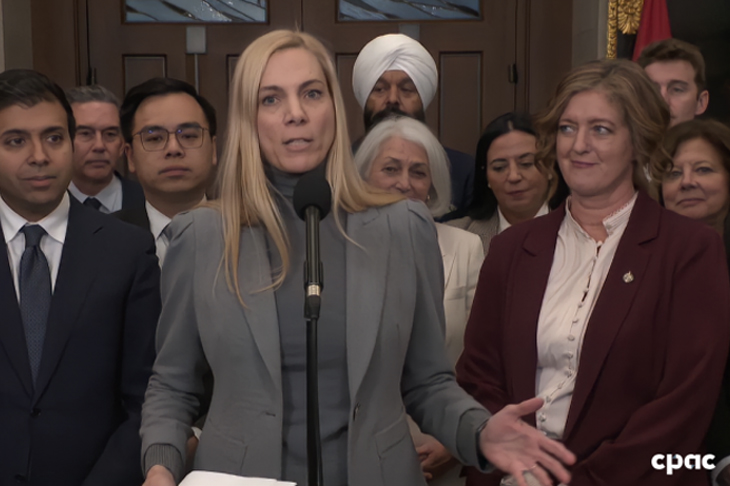TORONTO –Innovation, Science and Economic Development minister Navdeep Bains is expected to reveal the proposed structure of the 3500 MHz spectrum auction on Wednesday and, tapping into his inner Raptor, Scotiabank telecom analyst Jeff Fan said in a report this week he expects Bains to “deliver its version of ‘The Klaw’.”
Using Toronto Raptors’ star Kawhi Leonard’s nickname as a fun hook, Fan set out what he believes will happen to the 3500 MHz spectrum currently co-owned by Rogers Communications and Bell Canada. Like Leonard stripping an opponent of the basketball, ISED will be stripping a lot of that spectrum from the Inukshuk partners (who are also co-owners of those Raptors).
“We expect (ISED) to… ‘klaw’ back most of their 3500 MHz spectrum licenses held through JV Inukshuk for re-auction for 5G,” reads Fan’s report. Bains is scheduled to speak Thursday afternoon at the Canadian Telecom Summit in Toronto and is also expected to speak to the new proposed directive to the CRTC, which may well see a marked shift in how the telecom industry is regulated.
With the upcoming speech, “ISED will likely begin the auction framework consultation and outline important proposals (set-asides/spectrum cap, eligibility, minimum bids, etc.), which will impact the auction cost for all wireless operators,” adds Fan.
Fan expects about two-thirds of the 3500 MHz spectrum currently owned by BCE and Rogers through its Inukshuk joint venture and used for fixed wireless broadband will be taken back by the government. “In exchange, the licenses kept by Inukshuk will be allowed for mobile use,” he writes.
“In this scenario, BCE and Rogers will likely be allowed to participate in the upcoming auction. If ISED issues the auction framework consultation, we will likely see proposals that could have a significant impact on the demand/supply balance for all operators,” adds the report.
Although whatever Bains may announce Wednesday may be called proposals and ask for industry comment on them, like scoring on Leonard, Ministry minds can be hard to change. “(I)n the 600 MHz consultation, very few ISED initial proposals changed in the final decision. Approx. 43% of the 600 MHz auction was set aside for the smaller operators, which ultimately benefited (Shaw and Quebecor),” writes Fan.
Mid-band, 3500 MHz spectrum, is considered a must for 5G. When Rogers and BCE acquired the spectrum years ago, it was thought it could never be deployed for mobile use cases.
“This could result in much higher prices than expected.” – Jeff Fan, Scotiabank
Fan sees the federal government earning approximately $3.9 billion from the 3500 Mhz auction, which is expected to take place in late 2020. However, that number depends on whether or not blocks of spectrum will be set aside for the smaller regional wireless companies such as Freedom, Vidéotron and Eastlink.
“Ideally, 100 MHz of mid-band spectrum is required to deliver the necessary 5G performance,” writes Fan. “The potential challenge for the incumbents is that without clarity on more future mid-band spectrum auctions (e.g.: up to 3800 MHz), multiple incumbents could end up competing for a limited amount of spectrum in this auction, especially in a scenario where there is a set-aside.
“This could result in much higher prices than expected,” he continues.
“For the smaller operators, even if there is a set-aside, without network sharing, it may need to purchase more than the set-aside to reach the ideal 100 MHz position, unless they have unused mid-band spectrum available.”
Fan also noted a change in government could delay the auction to 2021.
Cartt.ca will be at the Telecom Summit Wednesday for the Minister’s annoucements.









